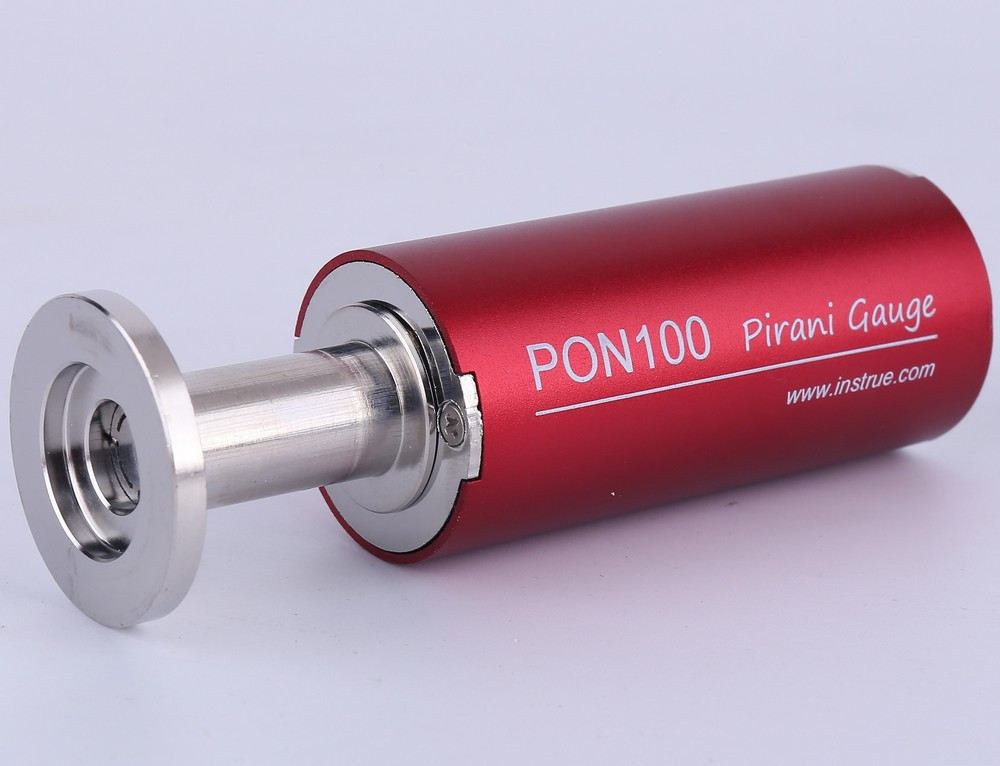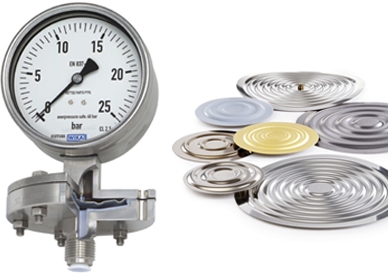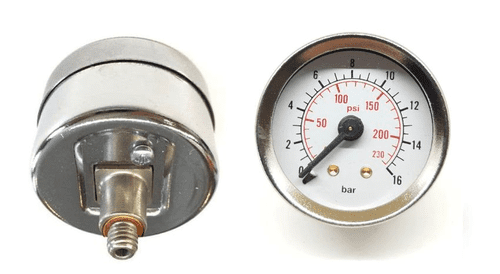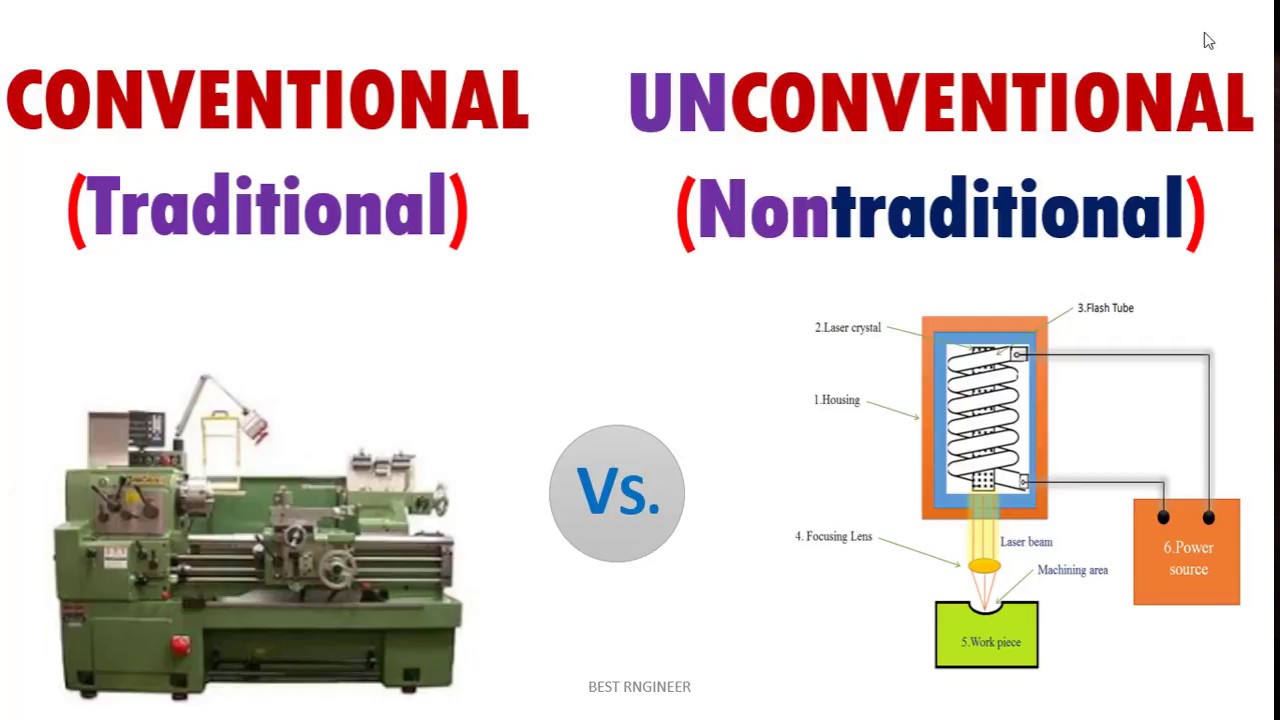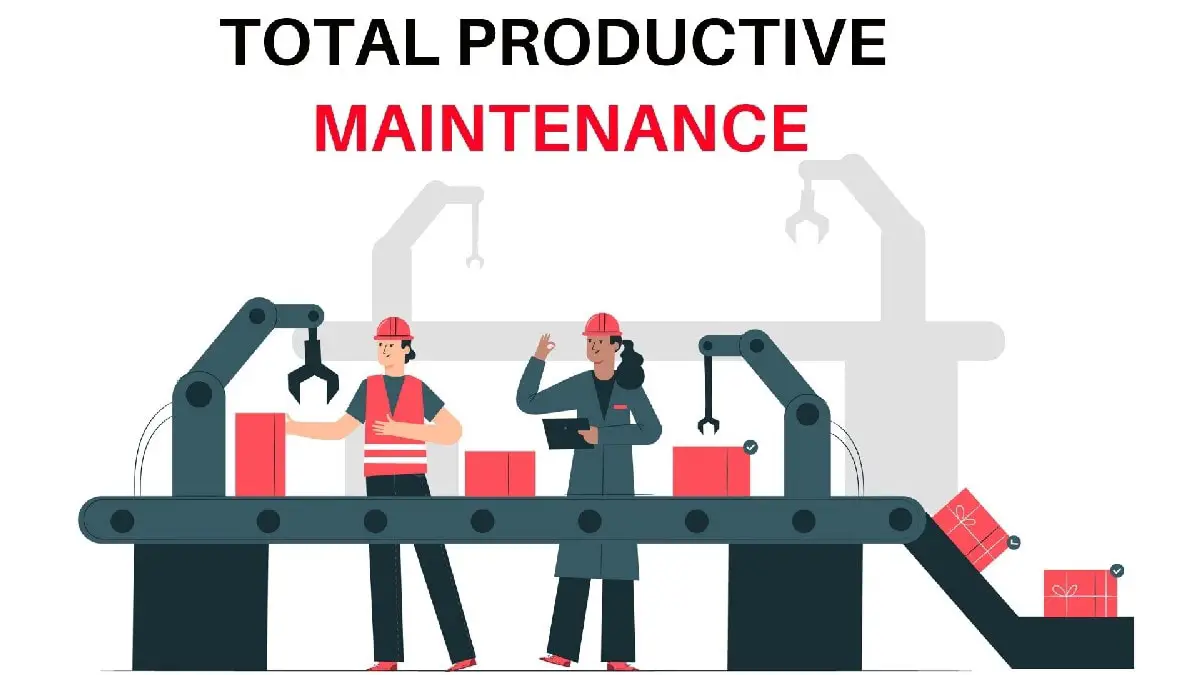Category: Metalwork

Different Types of Sheet Metal Operations with diagram
Modern industrial processes rely heavily on sheet metal forming techniques, which allow flat metal sheets to be transformed into intricate three-dimensional structures. To deform and manipulate sheet metal into desired forms, sizes, and configurations, these procedures include the use of a variety of techniques, tools, and machinery. Among other industries, sheet metal forming is essential…

Understanding the common types of metal, their properties & uses
A metal is a material that is good at conducting electricity and heat. Metal has a brilliant appearance when it is freshly created, polished, or shattered. Metals can be pulled into wires or hammered into thin sheets (malleable) (ductile). Metals have a high melting point and are less prone to disintegrate when exposed to extreme…

Understanding strain gauge
It converts force, pressure, tension, weight, etc. into a change in electrical resistance that is then measured. A strain gauge is a sensor whose resistance varies with applied force. Stress and strain happen when outside forces are applied to a stationary item. Stress and strain are terms used to describe opposing internal forces within an…

Understanding Pirani Gauge
The Pirani gauge is a reliable thermal conductivity gauge that is used to monitor pressures in vacuum systems. Marcello Pirani came up with the idea in 1906. By effectively using a resistance thermometer as the heated element, the Pirani gauge eliminates the use of a thermocouple to detect temperature (as in the thermocouple gauge). In…

Understanding Diaphragm Pressure Gauge
A diaphragm is a material that is elastic and will displace if pressure is applied to it. The elastic property of the diaphragm will be used to determine the difference between the reference and unknown pressures in this sort of pressure gauge. The bourdon gauge’s functioning principle is the same as this device. The main…

Understanding Bourdon Pressure Gauge
Just like other types of pressure gauges, the Bourdon pressure gauge is used to measure pressure. The Bourdon-tube gauge, which was invented in 1850, is still one of the most extensively used instruments for measuring the pressure of various types of liquids and gases, including steam, water, and air up to 100,000 pounds per square…

Understanding Pressure Gauge
A pressure gauge is a device that measures the amount of fluid in a container. Pressure gauges are necessary for setting up and regulating fluid power equipment, as well as troubleshooting them. Fluid power systems would be unpredictable and unreliable without pressure gauges. Gauges verify that there are no leaks or pressure variations that could…

Understanding non-traditional machining process
Non-traditional machining, also known as “non-conventional machining” or “modern machining method,” is a machining method that involves using electricity, heat, light, electrochemical energy, chemical energy, sound energy, and special mechanical energy to remove, deform, change properties, or plate materials. Drilling, boring, cutting, milling, and other conventional machining processes are performed with traditional tools with a…

Difference between traditional and non-traditional machining process
The difference between the conventional (traditional) and the non-conventional (non-traditional) process is obvious due to the method used in performing their operations. The majority of individuals are unaware that the manufacturing process is divided into two categories: primary and secondary operations. The primary process produces the material’s fundamental form and size, while the secondary process,…

Steps involve in machining process
Considering the steps to be performed in a machining process is very important as the entire process, reduces errors, and exposes the total process involved. Working in a machine shop requires a logical and structured approach. Only then will you be able to make flawless machined parts. Many businesses that provide part machining services have…

Understanding Machining process and machine tool
Machining is a controlled material-removal technique that cuts a material (typically metal) to a specified final form and size. Subtractive manufacturing refers to the procedures that have this common pattern, as opposed to additive manufacturing, which involves the controlled addition of material. The precise meaning of the “controlled” element of the phrase varies, although it…

Conventional and non-conventional types of machining processes
There are various ways or techniques of machining which are categorized into conventional and non-conventional. Production or manufacturing can be simply defined as value addition processes in which low utility and value raw materials are converted into high utility and valued products with definite dimensions, forms, and finishes imparting some functional ability due to inadequate…

Understanding conventional machining process
Machining is a metal removing process. It removes a material & decreases the material mass hence this is a subtractive process. The conventional machining process is also known as a traditional machining process. It is the basic method of the metal removing process that removes a material and decreases metal mass. Because of the abrasive…

Understanding Quick Return Mechanism
Quick return mechanism is a common principle on shaper and slotter machines. This principle helps to change circular motion into reciprocating motion which in return move the ram forward and backward. In this article, you’ll get to know the definition, applications, diagram, parts, types, working principle, advantages, and disadvantages of the quick return mechanism. What…

Understanding the term coupling
The term “coupling” is common in the engineering world, it is known as a part that connects two shafts together in order to accurately transmit power. The transmission is done from the drive side to the driven side while absorbing the mounting error (misalignment), etc. of the two shafts. Coupling is used in almost all…

Types of screw and bolt and their uses
Both screws and bolts have an exterior thread. When a part of an assembly, bolts are frequently prevented from turning and must be loosened by providing torque to the nut. However, screws have the ability to pierce materials and can be inserted into pre-tapped holes. By exerting torque on the screw head, they are frequently…

Understanding hydraulic jacks
Ever since the invention of jacks, their applications extensively serve a great purpose in different fields for lifting great forces or lift heavy loads. There are different types of jacks out there, although they perform the same operation. The most commonly used and available ones are mechanical jack and hydraulic jacks. Mechanical jack work with…

Understanding screw and bolt
Screw and bolt are very similar but also have some major dissimilarities, but they are types of fasteners typically made of metal. They are characterized by a helical ridge, called male thread (external thread). Screw and bolts are used in fastening materials of different types such as metal, plastic, rubber, ceramic, etc. They are used…

Tire – definition, applications, components, types, & material
The most popular way of recognizing tires or tyres (British English) is the view in the automotive sector. Although tires can be designed on applications that require to be transported. It is a ring-shaped component that surrounds a wheel’s rim to transfer a vehicle’s load from the axle through the wheel to the ground. It…

Understanding Total productive maintenance (TPM)
In today’s industrial world, there are some implementation organizations must endeavor to perform to keep them in good working standard, such the Total Productive Maintenance (TPM) and the Overall Equipment Effectiveness (OEE). The total productive maintenance TPM is a strategy that operates according to the idea that everyone in a facility should take part in…



